
Moving frequently can be a challenge, especially when it comes to finding the right furniture to suit your needs. Furniture that is too bulky or heavy can be difficult to transport and set up, while furniture that is too flimsy can be easily damaged during a move. In this article, we'll explore some tips for choosing the right furniture for renters who move frequently.
Q: What should renters consider when choosing furniture for frequent moves?
A: When choosing furniture for frequent moves, renters should consider several factors. Firstly, they should look for furniture that is lightweight and easy to transport. This can include items such as collapsible chairs, folding tables, and modular storage units. Secondly, they should choose furniture that is durable and can withstand the wear and tear of frequent moves. This can include items such as metal-framed beds, plastic storage bins, and sturdy bookcases.
Q: What are some types of furniture that are ideal for renters who move frequently?
A: Some types of furniture that are ideal for renters who move frequently include:
Modular furniture: Modular furniture is designed to be easily assembled and disassembled, making it ideal for renters who frequently move. This type of furniture can include items such as sectional sofas, bookcases, and storage cubes.
Folding furniture: Folding furniture is designed to be compact and easy to transport. This can include items such as folding chairs, tables, and desks.

Q: How can renters ensure that their furniture is protected during a move?
A: Renters can ensure that their furniture is protected during a move by taking several steps. Firstly, they should wrap delicate items such as glass tabletops and mirrors in bubble wrap or packing paper. Secondly, they should disassemble any furniture that can be taken apart, such as bed frames and bookcases. This can make it easier to transport the furniture and can help prevent damage. Finally, they should use furniture blankets or moving pads to protect furniture during transport.
Another way would be when you purchase anything including furniture don’t throw the packaging away. You can reuse it for your next move.
Q: How can renters save money when buying furniture for frequent moves?
A: Renters can save money when buying furniture for frequent moves by choosing furniture that is versatile and can be used in a variety of settings. They can also look for deals on furniture at discount stores or online retailers. Additionally, they can consider renting furniture rather than buying it, as this can be a more cost-effective option for frequent movers.
In conclusion, choosing the right furniture for renters who move frequently can be a challenge, but by considering factors such as durability, transportability, and versatility, renters can find furniture that meets their needs. By taking steps to protect furniture during a move and by exploring cost-effective options such as renting furniture, renters can save money and make the process of moving less stressful. With the right furniture, frequent moves can be a breeze.
Check out our selections of furniture!



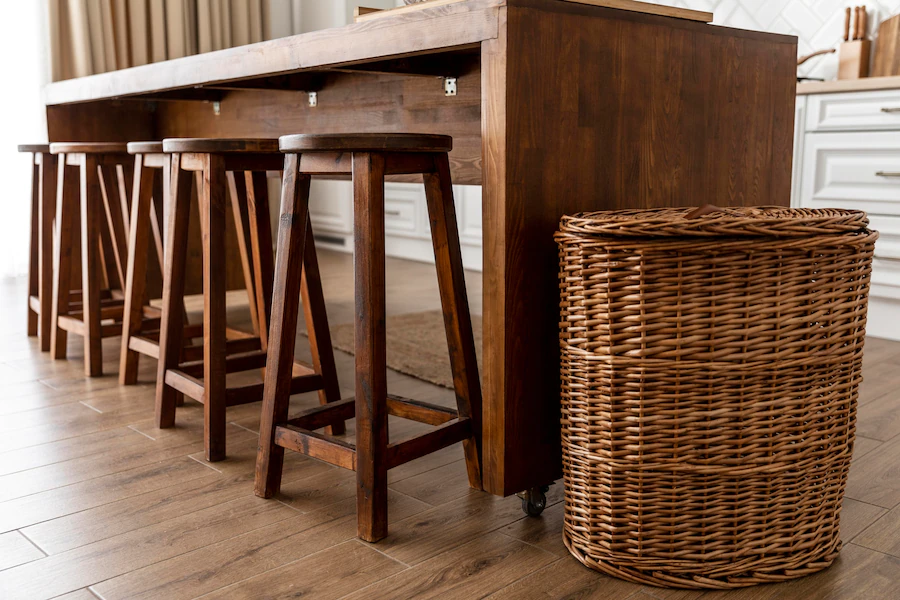
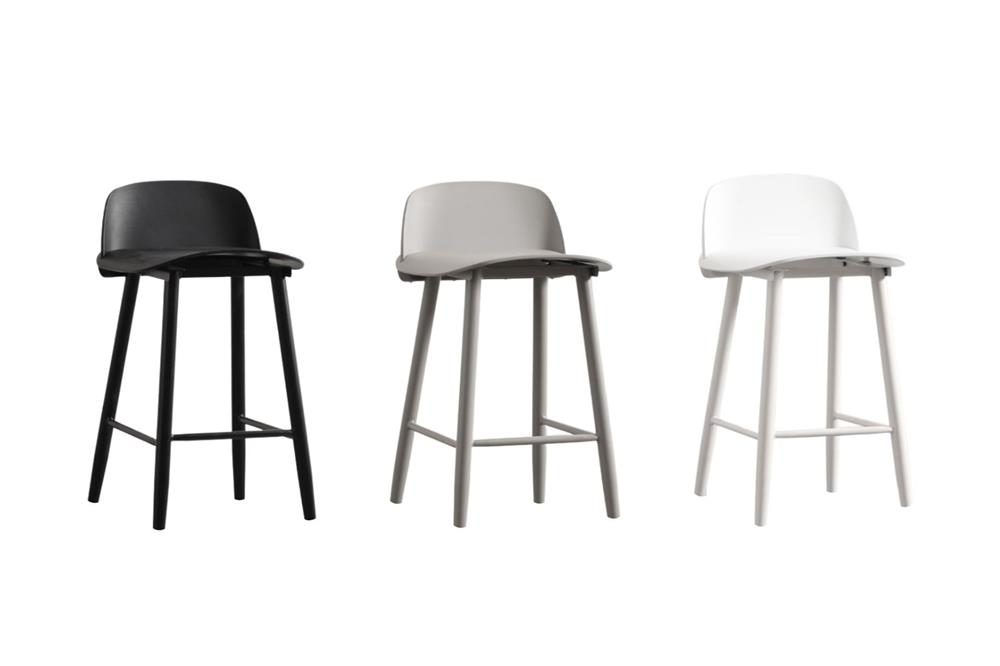
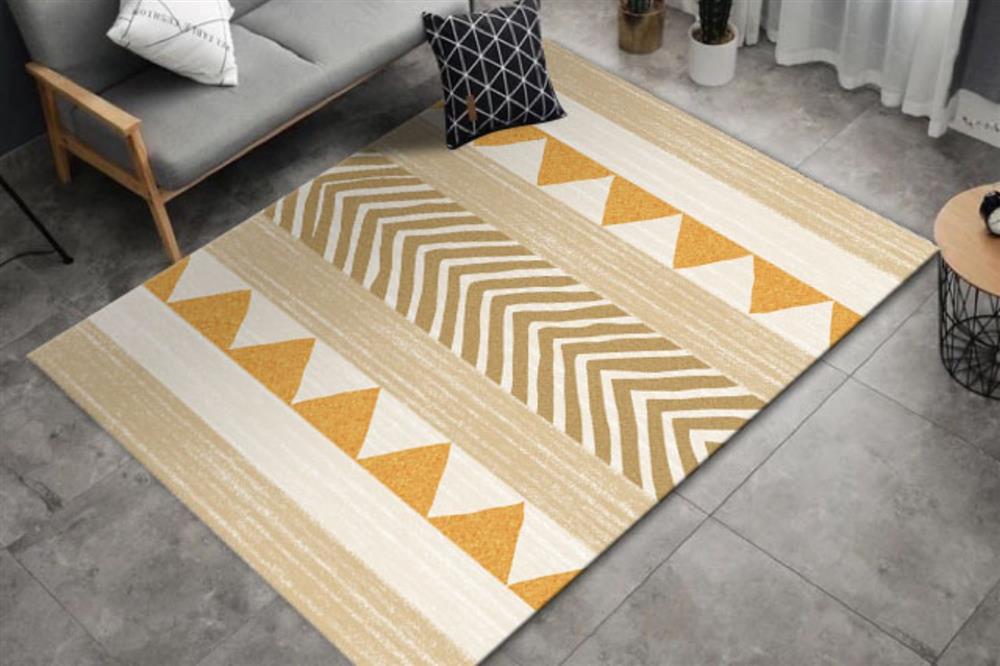
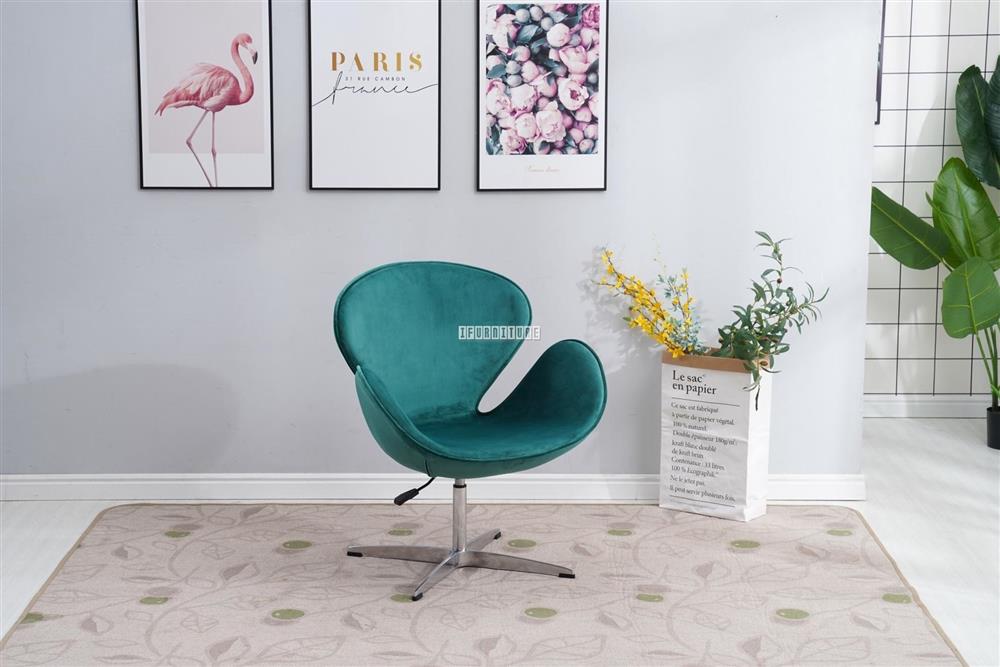
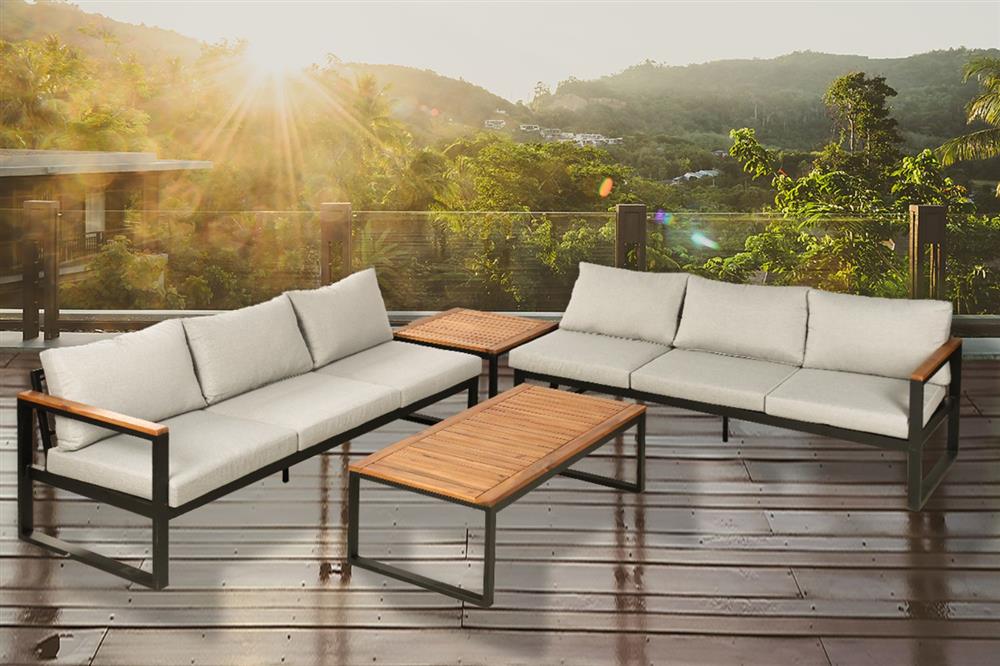
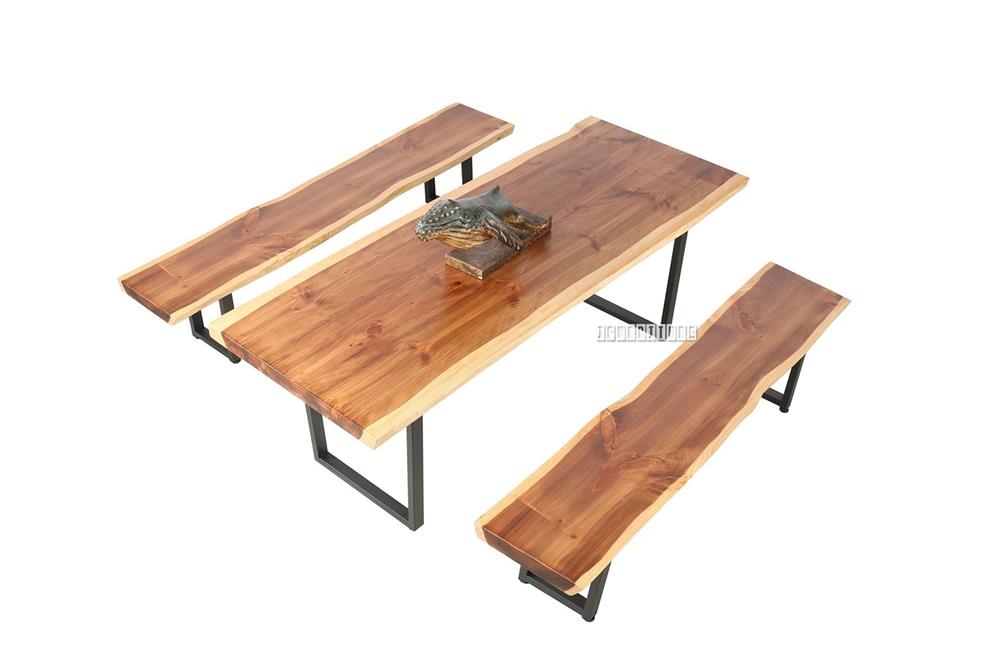

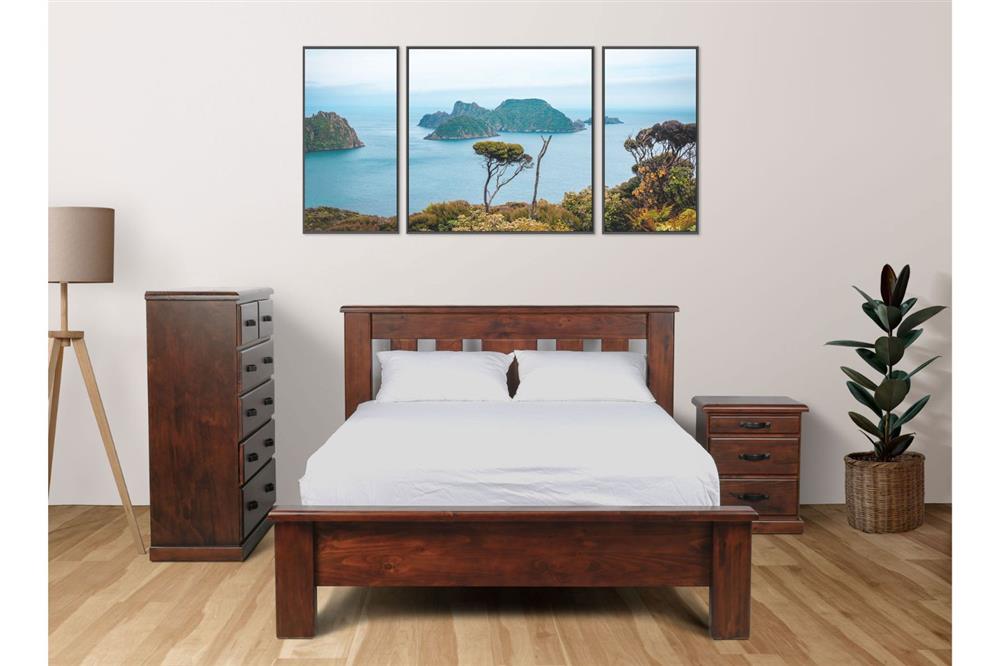
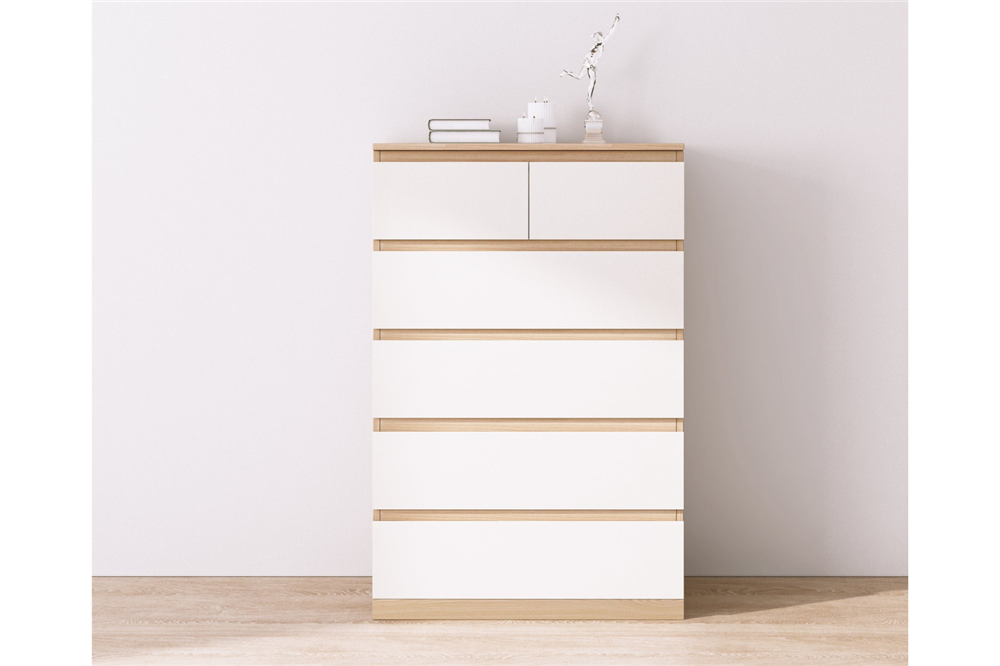
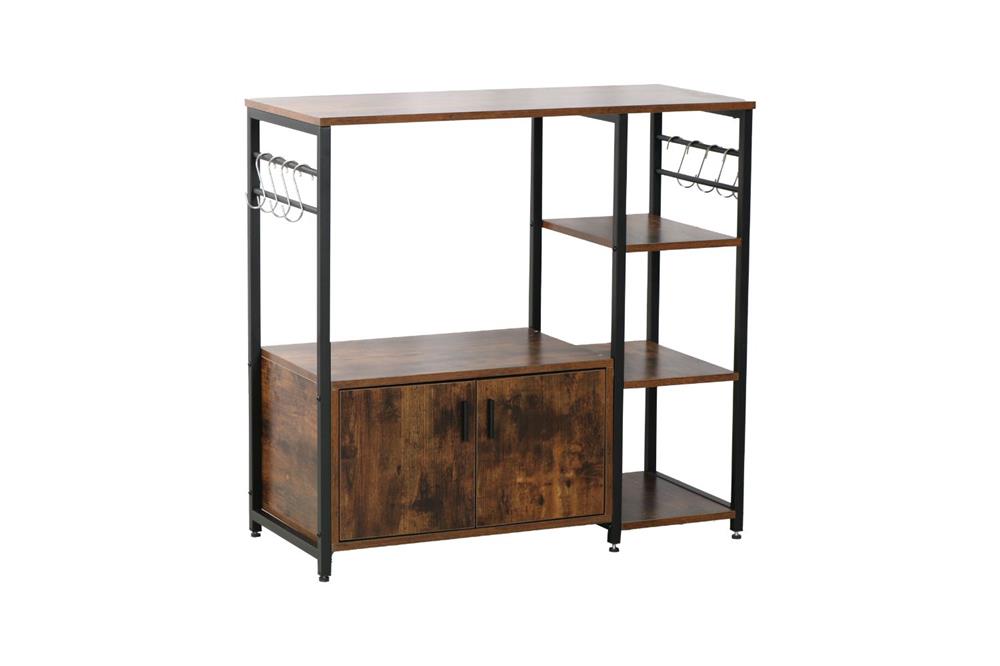


.jpeg)